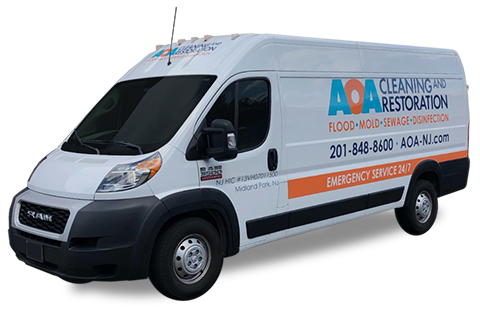Icicles hanging from your roof line might look charming during the wintertime, but they’re actually a sign of a big problem: ice damming.
What is an ice dam? Ice dams form at the edge of your roof when a pileup of snow begins to melt—typically from warm air escaping your home’s attic. The snow starts to melt, but as it slides down your roof, it refreezes once it nears the overhang of the roof, where the air temperature is lower. A big chunk of ice forms there, while a dam of water backs up behind it. That water can start to leak into your home’s ceiling and insulation.
So, what about those icicles? Icicles form underneath ice dams at the roof line. That dammed water leaks through the edge of the roof and starts to drip down. When it’s cold, that dripping water forms icicles all along your roof line.
You’ve probably read on our blog before that moisture and water in a home can cause all kinds of problems—namely mold and mildew. As described, ice dams are bad for several reasons: They can lead to:
- Wet ceilings
- Damaged plaster or drywall
- A flooded attic
- Rotting timber
- Damaged paint
What can you do to prevent ice damming and the water damage it causes?
Here are several tips:
- Brush the snow off your roof. If feasible, use a broom to brush large amounts of snow off your roof. Removing even some of the snow from your roof makes it harder for ice dams to form.
- Have your roof repaired if needed. If your roof is old, it might not protect your home from harsh winters with lots of snow. If you think your roof is in rough shape, have it inspected by a professional roofer.
- Make sure your attic is ventilating properly. A good roof inspection will bring this issue to your attention. The important thing is to ensure your attic and roof are ventilating to maintain uniform surface temperature.
- Seal any gaps in your attic. In addition to proper venting, your attic floor needs to be insulated well to prevent heat from seeping up from the living space. Warm air in the attic that leaks up to the roof can lead to ice damming. Remember: warm air belongs in your home, not in the attic.
- Seal other areas that might leak heat to the roof. Think ceiling vents, valleys, and chimneys. The idea here is to seal any air leaks that might be allowing warm inside air to get to your roof.
- Rethink your roof. Sometimes New Jersey winters get a lot of snow. A roofing contractor might recommend re-roofing part or all of your roof using material like metal, which allows snow to slide off more easily.
- Get rid of the skylights. If you have a home with skylights, you might consider having them taken out. Skylights cause a home to lose a lot of heat in the winter, causing the snow on the roof around them to melt and lead to ice dams (and leaks).
- Check vents of the upstairs bathrooms. If the bathrooms are venting anywhere but the outside, have them fixed to do so. You definitely don’t want bathrooms venting to your attic space.
If you’re concerned about ice damming on your roof, contact the team at AOA Cleaning & Restoration. We offer free moisture inspections and we can pinpoint the problem that is causing your roof to form ice dams and cause leaks. Call us today at 201-848-8600.





















